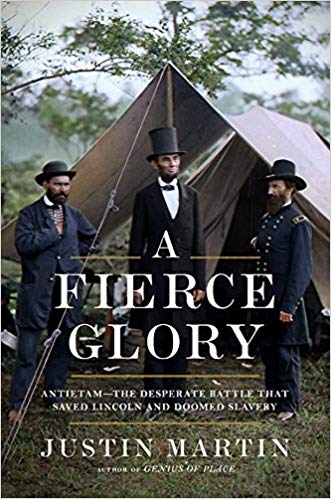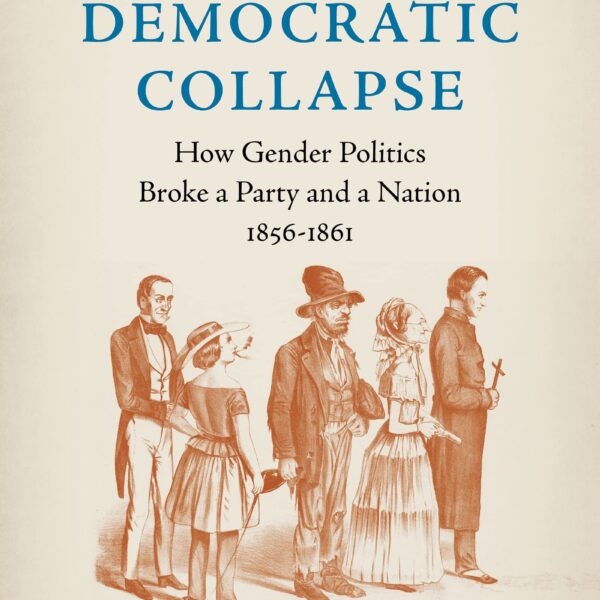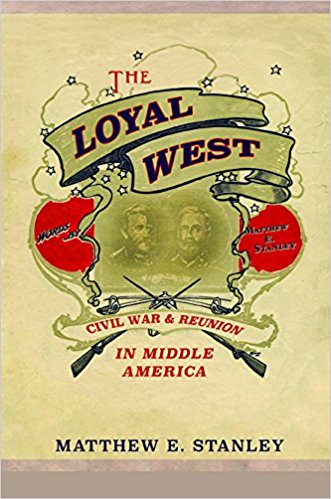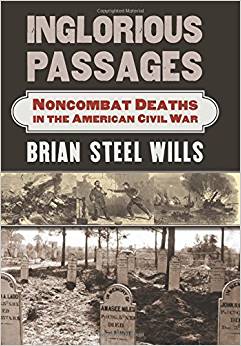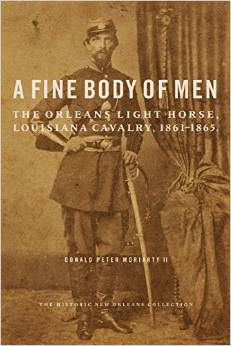The years of the Civil War sesquicentennial produced a host of new books related to the Maryland Campaign of September 1862. Mostly, these books—like Dr. Thomas G. Clemens’ three-volume edition of Ezra Carman’s manuscript and D. Scott Hartwig’s tome To Antietam Creek—have satisfied the appetites of military historians of the campaign for years to come.
Justin Martin’s A Fierce Glory seeks to fill a different void. Battle of Antietam is perhaps best known as America’s bloodiest day—23,000 men fell killed, wounded, missing, or captured in the single-day fight. But Antietam’s significance, argues Martin, resounds well beyond its duration. Of course, the fight paved the way for the Emancipation Proclamation. Martin skillfully weaves President Abraham Lincoln and his changing views on the war into the narrative of the campaign to highlight the battle’s connection with the President’s war-changing measure.
Every book focusing on or mentioning the Battle of Antietam fits it in the greater context of the war by noting Lincoln’s preliminary announcement of his proclamation just five days after the battle. But Martin carries Antietam’s importance several steps further. He relates Antietam as a watershed moment in the history of battlefield medicine through the stories of Army of the Potomac Medical Director Jonathan Letterman and the bandage-bearing Clara Barton. Martin likewise demonstrates how Alexander Gardner’s and James Gibson’s still-images of the battle’s aftermath altered the American public’s perception of warfare.
A Fierce Glory portrays Antietam’s importance from both the bird’s eye view of a watching nation far from the battlefield—particularly President Lincoln in Washington, D.C.—and the boots on the ground perspective of soldiers and civilians caught up in the battle’s maelstrom. Martin tells the story in an engaging manner. It is a fast-flowing narrative that will keep the attention of seasoned Civil War readers and the general public alike.
While serious students of the Maryland Campaign might not find much new information in the book, it is not for a lack of effort on Martin’s part. That was not the book’s intent.
The author did his homework in preparation for writing the book. Numerous times, he cites toured field trips to the Antietam battlefield as the source of his information. He took multiple trips to the battlefield and walked the ground. Martin’s knowledge of the terrain is apparent.
Overall, A Fierce Glory does a commendable job of explaining Antietam’s importance for what it is—a battle that becomes so crucially important to American history when viewed within the context of the events that it resulted from and the events that resulted from it. In that sense, the book is not unlike James McPherson’s Crossroads of Freedom: Antietam, Battle that Changed the Course of the Civil War; however, Martin’s book is more approachable for a general audience. If battlefield visitors want to read one book about Antietam, Justin Martin’s A Fierce Glory should be one of the first titles offered.
Kevin Pawlak is the Director of Education for the Mosby Heritage Area Association and a Licensed Battlefield Guide at Antietam National Battlefield. He sits on the Board of Directors of the Save Historic Antietam Foundation.
